Course Language: English

AFTER THIS COURSE, YOU'LL HAVE
2-3 MORE HOURS EVERY DAY
TO COMPOSE MUSIC
(WHILE KEEPING YOUR DAY JOB & FAMILY TIME SACRED)
VISION: A clear path forward. From "what if" to knowing exactly where you're heading.
TIME MANAGEMENT: Discover those hidden hours in your day when your creativity can truly flow (they're there - I'll show you where to find them).
LIVE CLASSES: Real solutions for real composers. Bring your biggest time challenges and leave with a clear action plan.
WHATSAPP GROUP: Never feel stuck again. Direct access to Marc through text. Get your answer within the day.
PRIVATE 1-on-1 CALL WITH MARC: Your life is unique. Let's build a composing schedule that actually works for YOU.
TRY IT RISK FREE - 7 DAYS MONEY BACK GUARANTEE

- WHAT'S IN THE COURSE? -
(Click ▶️ to Watch)
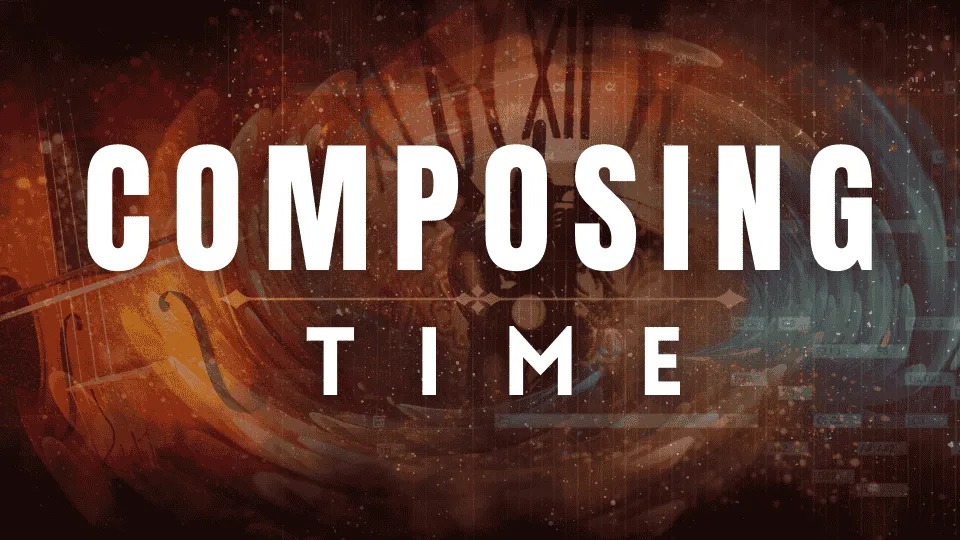

AFTER THIS COURSE, YOU'LL HAVE
2-3 MORE HOURS EVERY DAY
TO COMPOSE MUSIC
(WHILE KEEPING YOUR DAY JOB & FAMILY TIME SACRED)

VISION: A clear path forward. From "what if" to knowing exactly where you're heading.
TIME MANAGEMENT: Discover those hidden hours in your day when your creativity can truly flow (they're there - I'll show you where to find them).
LIVE CLASSES: Real solutions for real composers. Bring your biggest time challenges and leave with a clear action plan.
WHATSAPP GROUP: Never feel stuck again. Direct access to Marc through text. Get your answer within the day.
PRIVATE 1-on-1 CALL WITH MARC: Your life is unique. Let's build a composing schedule that actually works for YOU.
TRY IT RISK FREE - 7 DAYS MONEY BACK GUARANTEE




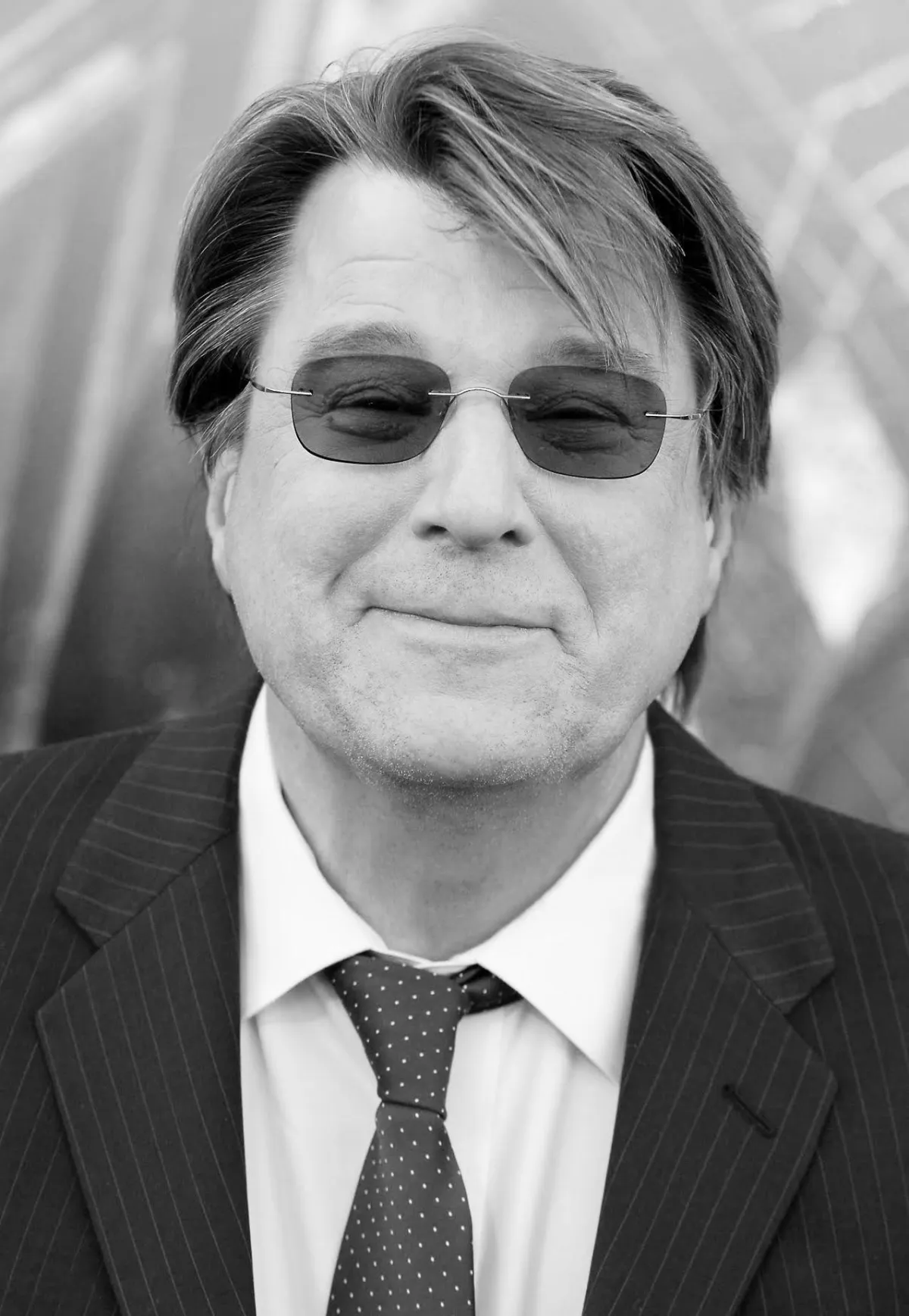
Christopher Young - Composer: Spider Man
Marc Jovani is the real deal. His courses are a hit! This course is exactly what you need to get started as a composer!
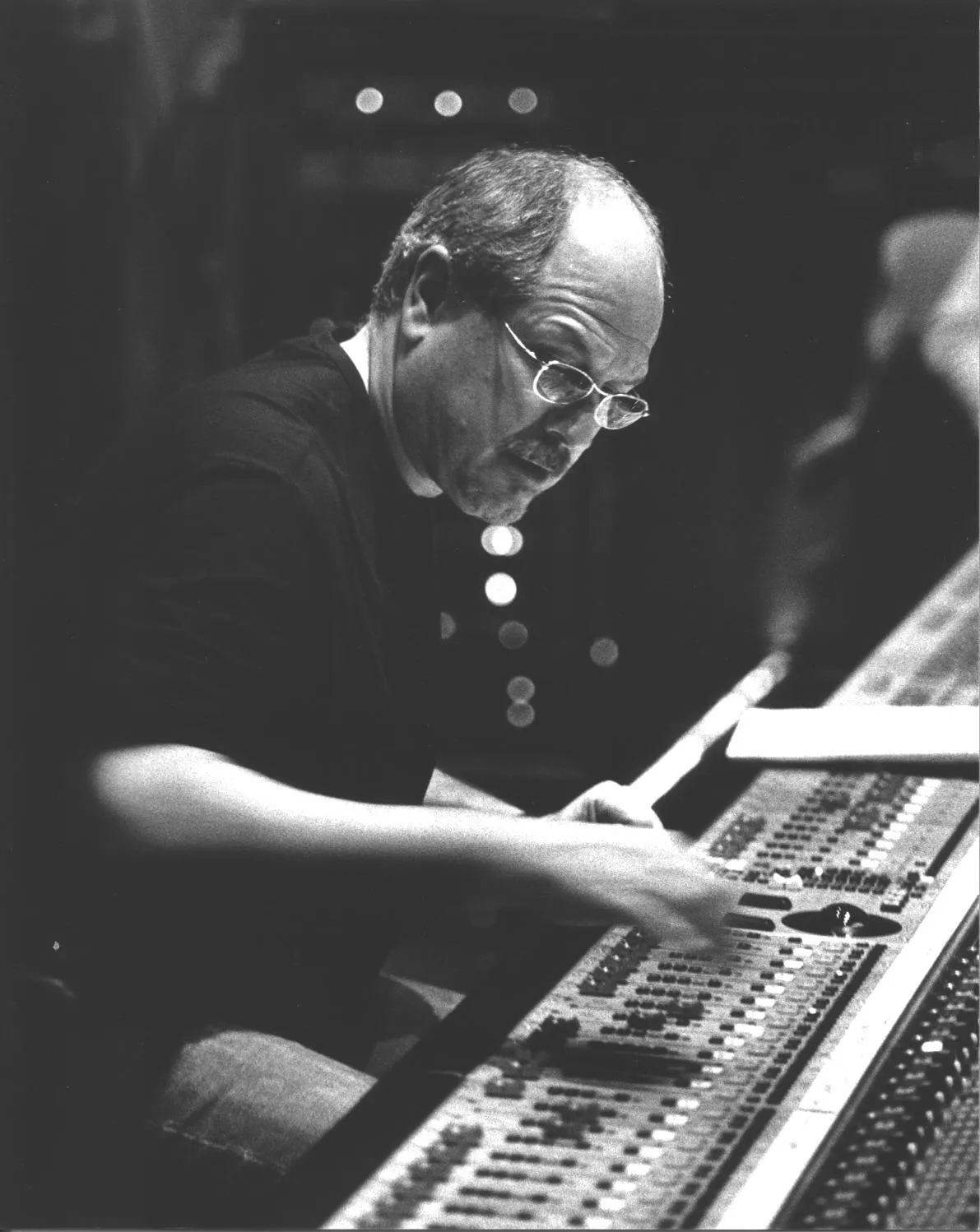
Dennis Sands - Mixing Engineer: Avengers
Marc's courses are excellent. They provide both a foundation and advanced techniques. If you're getting started, this course is perfect for you!
It's not lack of time
that holds you back —
it's the lack of a clear vision
Without clarity
tasks, errands, and noise consume your day
With vision
2–3 extra hours appear for your music

time shows up naturally.
COMPOSING TIME
CHOOSE THE VERSION THAT WORKS BEST FOR YOU
| COURSE VERSION | BASIC (SELF CONTAINED) |
STANDARD (VIDEOS + LIVE) |
PREMIUM (+ WHATSAPP) |
VIP (+ 1-ON-1) |
| Regular Price | $179 | $289 | $599 | $749 |
| Launch Price | $49.99 | $99 | $199 | $299 |
| Available Spots | UNLIMITED | UNLIMITED | 100 SPOTS (18 left) | SOLD OUT |
| VISION MODULE - Transform Your Composer Journey | ||||
| Defining Your Impossible Goal Learn how to set and achieve ambitious composing goals that align with your dream career | ✓ | ✓ | ✓ | ✓ |
| Overcoming Creative Blocks Master techniques to push through resistance and maintain consistent creative output | ✓ | ✓ | ✓ | ✓ |
| Breaking Through Limits Learn to recognize and overcome self-imposed barriers in your composing career | ✓ | ✓ | ✓ | ✓ |
| TIME MANAGEMENT MODULE - Find Time to Compose | ||||
| Daily Composing Framework Create a reliable schedule that guarantees 2-3 hours of focused composing time daily | ✕ | ✓ | ✓ | ✓ |
| Creative Flow Techniques Master the art of entering flow state quickly for maximum creative output | ✕ | ✓ | ✓ | ✓ |
| Balance Framework Keep your day job & family time while building your composing career | ✕ | ✓ | ✓ | ✓ |
| LIVE SUPPORT & COMMUNITY | ||||
| Three Live Classes with Marc | ✕ | ✓ | ✓ | ✓ |
| Private WhatsApp Group Daily interaction with Marc and other composers | ✕ | ✕ | ✓ | ✓ |
| 1-on-1 Strategy Call Personal mentoring session to craft your unique success path | ✕ | ✕ | ✕ | ✓ |
LAUNCH SPECIAL PRICE ENDS ON:
Ends on .
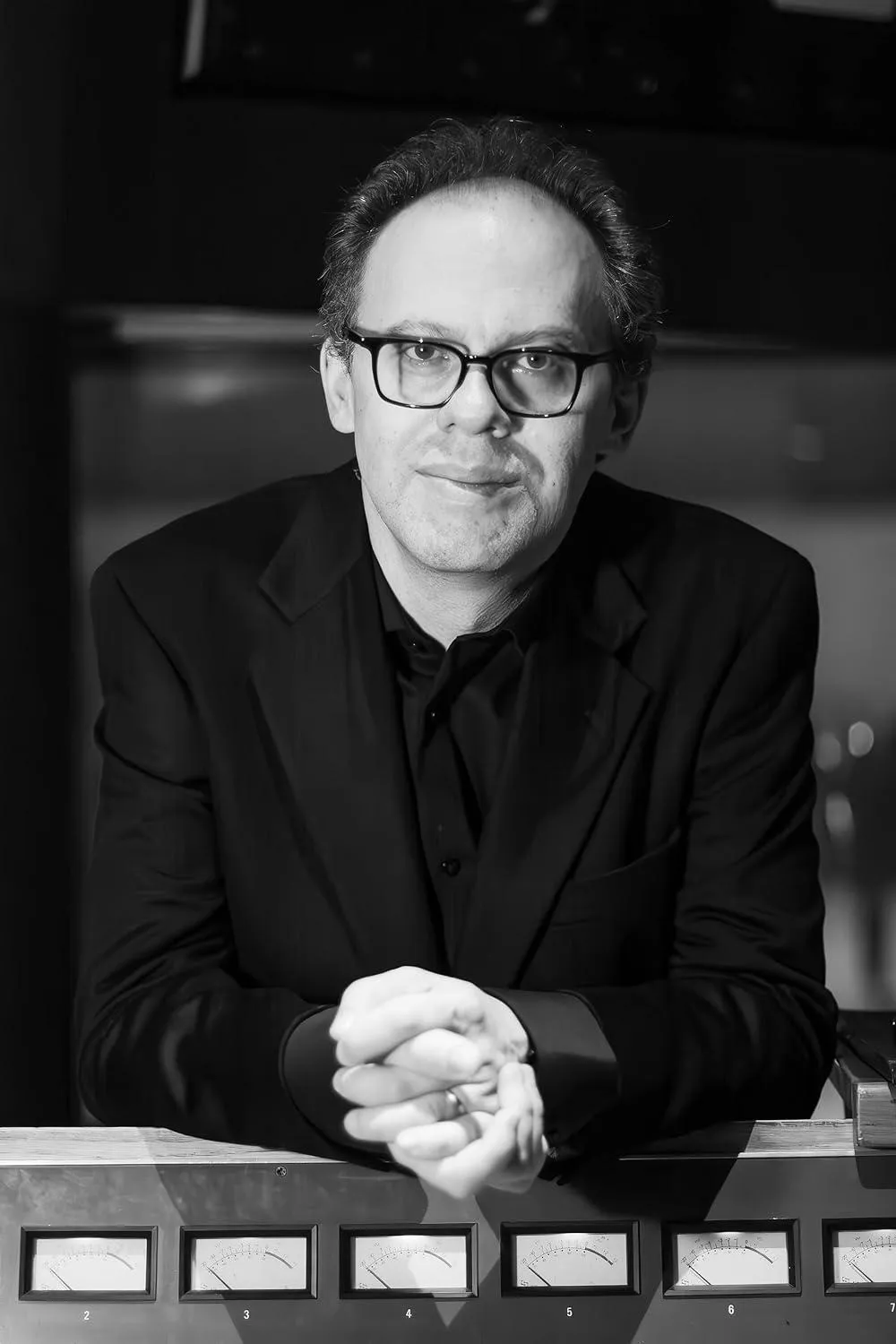
Jose Cancela - 5 Time Emmy Award Winning Composer
What Marc is creating with Cinematic Composing and all its courses was very much needed in this industry. Everything that you need to know to get started and beyond is right here!
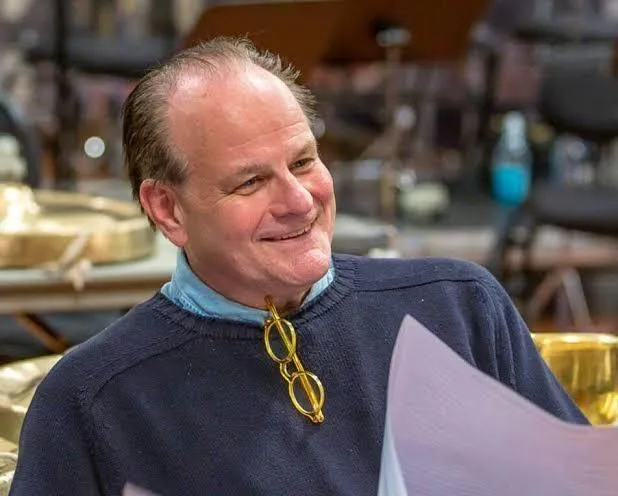
Conrad Pope - Orchestrator: John Williams (Star Wars)
Marc is opening doors and giving access to the best knowledge to so many people who want to get started as composers. The content you find here is hard to find anywhere else. Keep it up!
What’s Inside Composing Time?
Step 1: Clarify Your Vision
Dive into the pre-recorded lessons on vision and time management. Take your time—don’t rush it. Each video gives you focused insights to shape your “impossible goal.” You’ll also join 3 live classes for real-time guidance.
Step 2: Private Call with Marc
Book a 1-on-1 session to identify your biggest obstacles and map out the best route to your goal. Marc tailors advice for your personal situation, ensuring you know exactly how to move forward.
Step 3: WhatsApp Support
Get daily text support for 1 month. Whenever you’re stuck, message Marc and receive answers within the day. A direct line to keep you accountable—even when life gets busy.

By the end of this process, you’ll have a crystal-clear vision, a practical roadmap, and the daily support you need to protect what matters—family, work, and your music. It’s not about hype or “magic bullets.” It’s about a proven approach that lets you reclaim hours each week, follow through on your goals, and finally compose the way you’ve always wanted. This is your invitation to make time for what you love, without sacrificing what you need. Are you in?
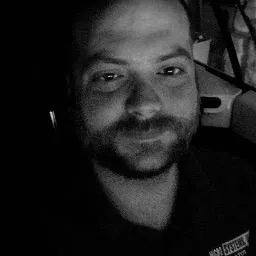
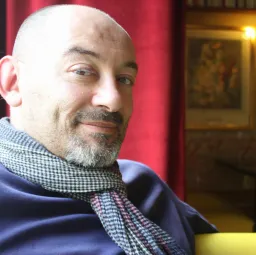
Core Methods & Tactics You’ll Learn
1) Defining Your Future Composer Self
-
Clarifying the Impossible Goal
- Outline a tangible yet challenging direction for your music path.
-
Five-Year Projection
- Identify where you’d like to be, then map backwards to plan key steps.
-
Core Purpose Worksheet
- Find your “why” that fuels you through full-time work and family life.
-
Switching Identities
- Move from “I try to compose” to “I am a composer,” with clear boundaries.
-
Macro vs. Micro Views
- Keep focus on your big dream while handling the small daily tasks.
2) Breaking Internal Limits
-
Spotting Resistance Early
- Know the subtle signs that derail your writing time.
-
Fear as a Growth Signal
- Reframe discomfort as potential creativity.
-
Realistic Comparisons
- Avoid pitting your rough sketches against polished AAA tracks.
-
Defining ‘Enough’
- Learn when a piece is solid enough to move forward.
-
Small Wins Log
- Track minor breakthroughs so you don’t lose sight of progress.
3) Keeping Vision Alive in Daily Life
-
5-Minute Morning Review
- Check your goals before anyone else dictates your day.
-
Weekly “Scene” Check
- Break your long-term vision into short arcs, reassess each weekend.
-
Family & Home Alignment
- Share a simple plan so they support, rather than interrupt, your composing hours.
-
Monthly Adjustment
- If your goals feel off, tweak them to stay both challenging and real.
-
Periodic “Why” Revisit
- Reaffirm the purpose behind your music to avoid burnout.
4) Structuring the Day for Steady Output
-
Time Blocking Essentials
- Dedicate specific intervals to composing, free from email and phone.
-
Urgent vs. Important Distinction
- Spot tasks that truly progress your music vs. daily noise.
-
Daily “Three Cues” Focus
- Pick up to three composing goals that must happen today.
-
Evening Setup
- Use the last minutes of the day to prep tomorrow’s session plan.
-
Chore Batching
- Group non-creative tasks so they don’t eat into your best writing hours.
5) Rituals & Routines That Safeguard Creativity
-
Morning Setup
- Open your DAW first so you start sketching music right away.
-
45-15 or 60-10 Cycles
- Write in a set block, pause for a short reset—protect your focus.
-
Environment Reset
- Clear desk + minimal gear = quick start next session.
-
Daily Wins Board
- Record what you achieved so you see progress accumulate.
-
Post-Session Reflection
- Note what worked and what didn’t, refining tomorrow’s approach.
6) Advanced Self-Management Tips
-
Time Study for Composers
- Pinpoint hidden 15-minute blocks you can use for short melodic ideas.
-
Micro-Deadlines
- Break a cue or arrangement into small parts to keep momentum.
-
Peak-Energy Scheduling
- Match your toughest composing tasks to your best mental hours.
-
Incremental Improvements
- Refine your DAW template or plugin setup in regular, small steps.
-
Peer Check-Ins
- Share your goals with someone who understands, to stay accountable.


Examples:
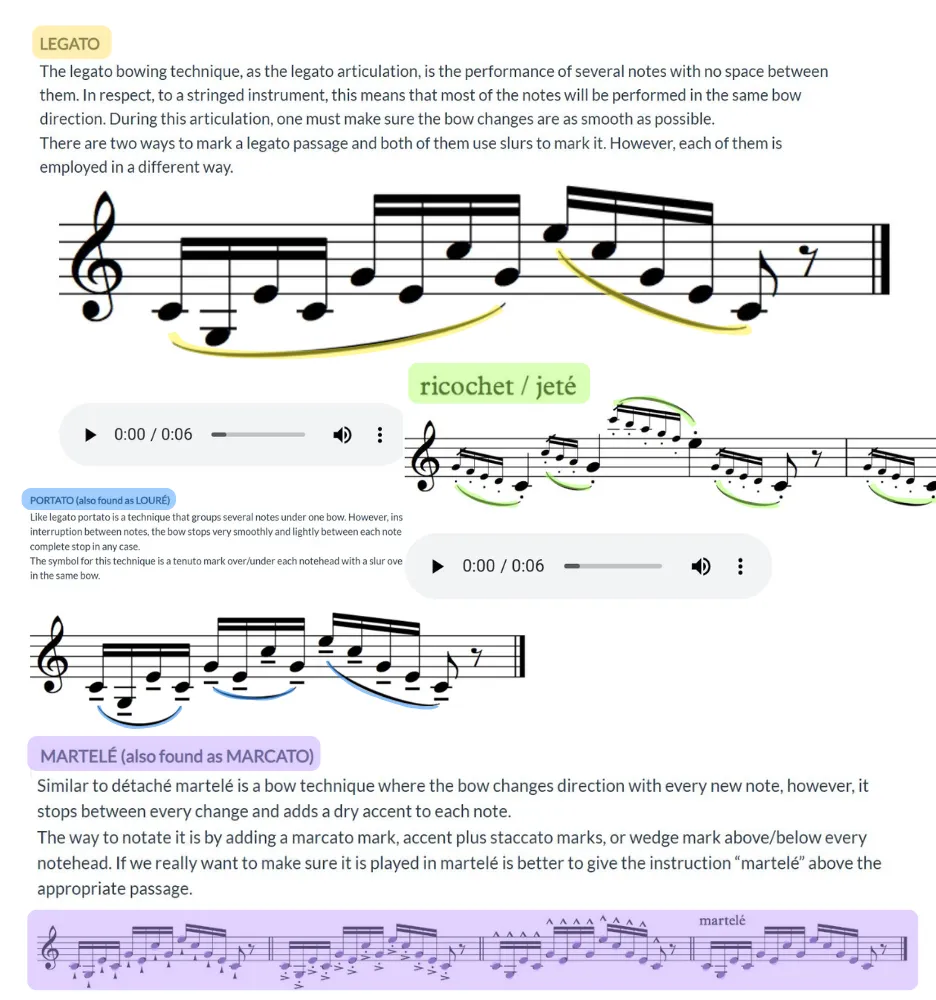
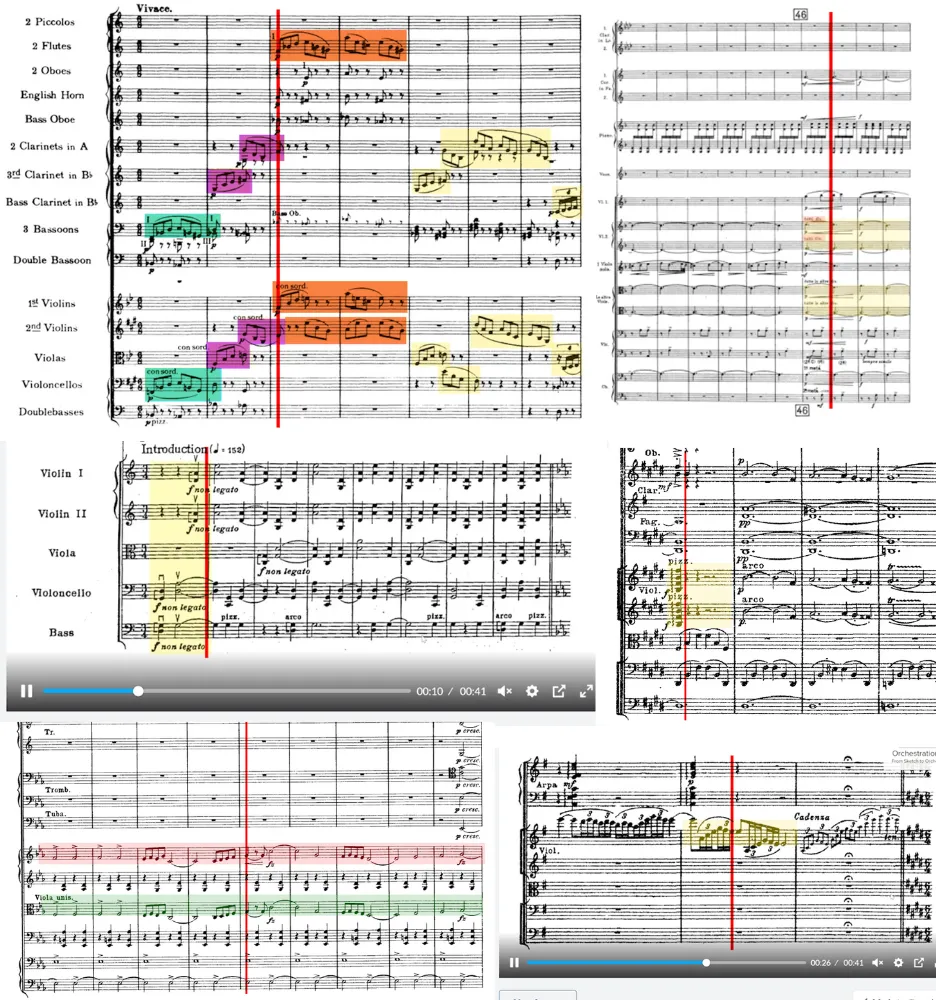
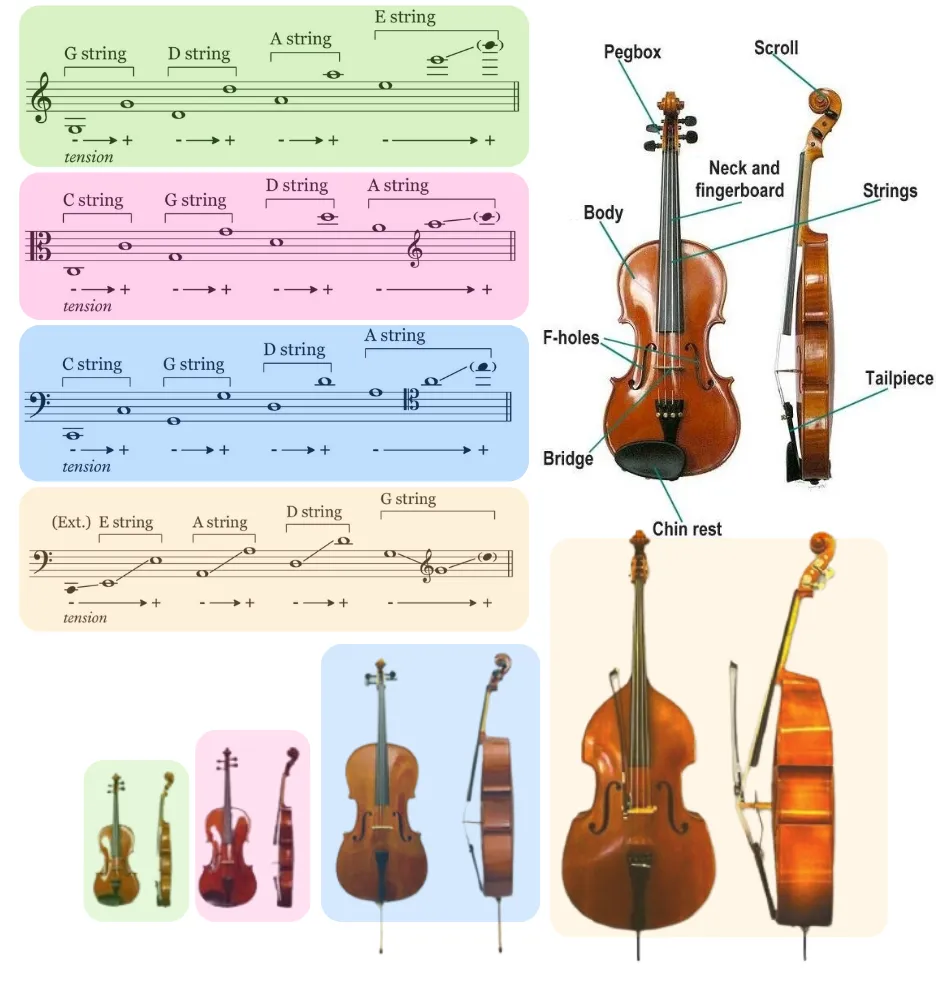
TAKE A QUICK LOOK INSIDE THE COURSE
The program has 3 parts: The Content, the WhatsApp group, the Private Consultation call with Marc. The group and call are live. But the Content is prerecorded. Here are two examples of videos inside the course.
STABLISHING YOUR VISION
- Make goals non-negotiable by anchoring them to a clear vision.
- Shift from “I want to make music” to “I have a defined target.”
- Practical tips for balancing big dreams with everyday obligations.
TIME STUDY HACK
- Pinpoint wasted time and transform it into real writing sessions.
- Stop blaming your job or errands—see the truth in black and white.
- Start a sustainable routine for consistent progress.
TAKE A QUICK LOOK INSIDE THE COURSE
THIS IS WHAT YOU'LL FIND INSIDE EACH ANALYSIS
The Marvel Chord - Magic/Fantasy
How John Williams evokes ROMANCE with music
ACTION/TENSION Example
High-Impact Videos & Lessons
Each lesson has been split into bite-sized chunks so you don't get overwhelmed with a flood of information. Take the course at your own pace, and really study the lessons as you apply the actionable lessons to your business.
Group Coaching
You will have the opportunity to work through any roadblocks you encounter during our Group Coaching Meetings. These are specific times the teachers at Cinematic Composing will be available inside of a video chat room where you can jump in to have your burning questions answered. Stay for as long as you'd like to listen in on other people’s questions, or leave as soon as you have your questions answered. These often turn into impromptu lessons as I elaborate on specific topics or start digging into someone's composing career.
Private Group With Everyone In The Community
Interact with other students who are going through some of your same struggles. Everyone inside of the community will be participating in group discussions inside our group. This will be a constant source of encouragement, accountability, community, and a place where lifelong friends will be forged.
Go At Your Own Pace
This special offer ends on .
BUT you can go at your own pace. Don’t need to follow the course’s schedule.
The course materials do not expire and you’ll have access to them for life. Even for the future course updates and improvements!
The duration is 6-8 weeks approx. You can do it a bit faster, or take as much time as you want/need.
Or you could even take advantage of the discount now, and be doing the course later.
ACCESS
FOR LIFE
GO AT YOUR
OWN PACE
FREE
UPDATES
7 DAY MONEY BACK GUARANTEE
If you're not satisfied with the courses, get in touch within 7 days and we'll give you a full refund.*
*Conditions apply. Read Terms and conditions.

Peter Moore - Melbourne, Australia
Great supportive group to be a part of. Real people with real struggles and dreams. Lovin' it!
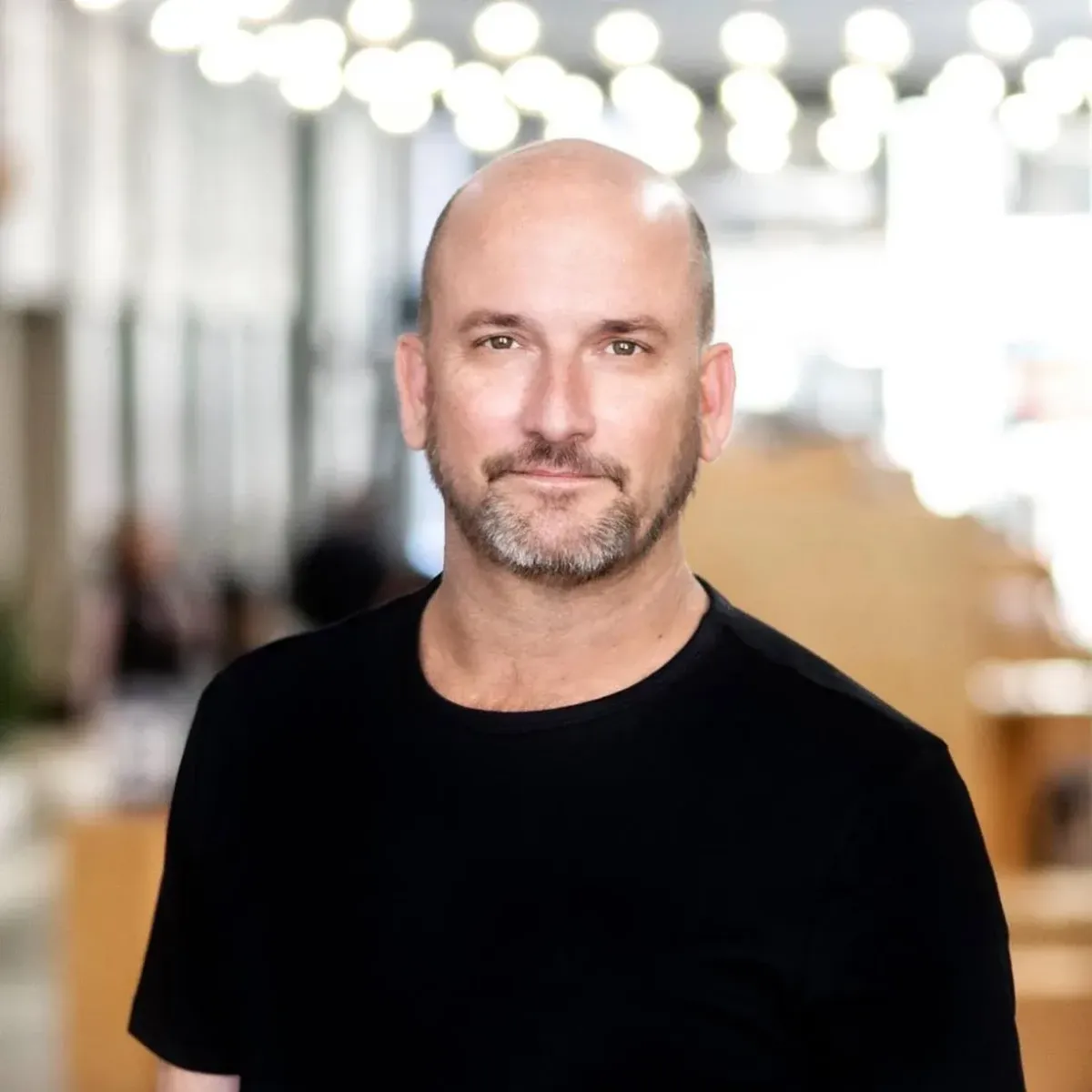
Thomas Rhea - Virginia, USA
I am only into day 2, I am so impressed! The chat/interactive video chat... and the customer service is WAY more than I thought this experience was going to be!

Steven Swartz - Los Angeles, USA
These courses have been a fantastic experience thus far. I'm already learning more than I ever could. It's far superior than just searching for online tuts. This course is all a hit!.
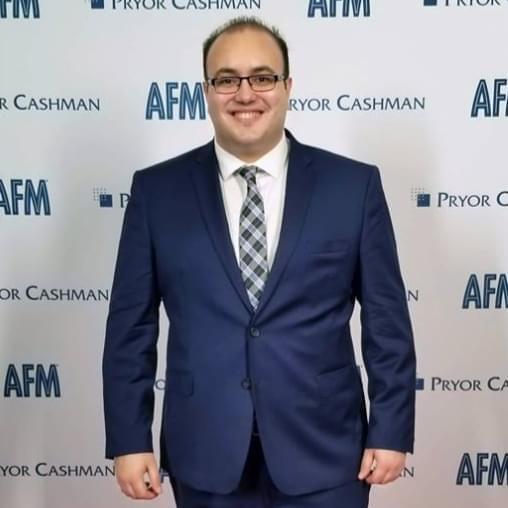
Medhat Hanbali - Toronto, Canada
Whether it’s a film, TV show, video game or music production, the information you will learn in this class is very valuable and will be useful for the rest of your career.
WEEKLY LIVE CLASSES
PRIVATE COACHING COMMUNITY
PERSONAL MENTOR


Marc Jovani
Based in Los Angeles. Has composed soundtracks for more than 50 movies
Has provided music for major studios such as NETFLIX, Amazon, Lionsgate, Syfy, FOX.
His movies have been distributed internationally on leading, nationally broadcasted television channels, including Lifetime (USA), TF1 (France), the Hallmark Channel (USA), Canale 5 (Italy), Antena 3 (Spain), HBO (USA) and more.
His music has been recorded in major studios: Warner Bros (Burbank), EastWest (Hollywood), and others.
Co-founder of Cinematic Composing (2016) with more than 10.000 students and growing
Berklee College of Music: Composition & Orchestration teacher at Berklee (2010-2016)
"STRINGS: INSTRUMENTATION & ORCHESTRATION"
Complete Curriculum
STRINGS - INSTRUMENTATION
INTRODUCTION
• What makes strings the foundation of the orchestra
• The evolution from Renaissance to modern string writing
• Understanding basic string mechanics
• How strings create their unique sound
THE STRING SECTION
• Why strings can play longer than any other section
• The secret behind string section homogeneity
• How string instruments work together
• Understanding section hierarchy
THE INSTRUMENTS: THE VIOLIN
• What makes the violin the leader
• The four-string system demystified
• Range and power secrets
• Traditional vs contemporary roles
THE INSTRUMENTS: THE VIOLIN - EXAMPLE PART 1
• Analyzed Score: Rimsky-Korsakov's Scheherazade → Solo violin virtuosity
THE INSTRUMENTS: THE VIOLIN - EXAMPLE PART 2
• Analyzed Score: Elgar's Variations on an Original Theme → Section writing
THE INSTRUMENTS: THE VIOLIN - EXAMPLE PART 3
• Analyzed Score: Rimsky-Korsakov's Scheherazade → Two-section writing
THE INSTRUMENTS: THE VIOLA
• Why the viola has a unique timbre
• The mysteries of middle register writing
• Alto voice capabilities
• Breaking viola stereotypes
THE INSTRUMENTS: THE CELLO PART 1
• Understanding cello versatility
• The power of tenor register
• Technical possibilities
• Role evolution through history
THE INSTRUMENTS: THE CELLO PART 2
• Analyzed Score: Shostakovich Symphony No. 15, II movement → Section solo writing
• Analyzed Score: Brahms Symphony No. 2, II movement → Melodic treatment
THE INSTRUMENTS: THE CONTRABASS PART 1
• The foundation mysteries
• Fourth-tuning system explained
• Power vs clarity challenges
• Breaking bass line traditions
THE INSTRUMENTS: THE CONTRABASS PART 2
• Analyzed Score: Prokofiev's Lieutenant Kijé Suite → Solo capabilities
• Analyzed Score: Beethoven's Symphony No. 9, II movement → Section writing
LEFT HAND: THE STRINGS
• The physics of string vibration
• Understanding finger pressure
• Sound production secrets
• Resonance principles
OPEN STRINGS
• Analyzed Score: Copland's Rodeo → Open string techniques
• Natural resonance explained
• The magic of sympathetic vibrations
• Key relationships revealed
DOUBLE, TRIPLE AND QUADRUPLE STOPS
• Multiple note possibilities
• Understanding physical limitations
• Sound production challenges
• Bridge curvature effects
DOUBLE STOPS
• Analyzed Score: Brahms Violin Concerto → Double stop mastery
• Understanding comfortable intervals
• Position change effects
• Common patterns revealed
TRIPLE AND QUADRUPLE STOPS
• Analyzed Score: Bach's Partita No. 2 → Chordal writing
• The bridge curve secret
• Sound production mechanics
• Writing effective progressions
HARMONICS
• Natural vs artificial mysteries
• The overtone series explained
• Position and node relationships
• Modern notation practices
RIGHT HAND: THE BOW
• Understanding bow construction
• The physics of bow movement
• Hair tension principles
• Sound production mechanics
RIGHT HAND: DOWN AND UP BOW
• Direction effects on sound
• Understanding natural accents
• The gravity principle
• Bow distribution secrets
RIGHT HAND: BOW TECHNIQUES
• On vs off string mysteries
• Understanding bow placement
• Contact point effects
• Advanced technique principles
RIGHT HAND: ON THE STRING BOW TECHNIQUES
• LEGATO
• PORTATO (LOURÉ)
• DÉTACHÉ
• STACCATO
• SLURRED STACCATO
• MARTELÉ (MARCATO)
• TREMOLO
RIGHT HAND: OFF THE STRING TECHNIQUES
• SPICCATO
• RICOCHET (JETÉ)
• Understanding bounce control
• Advanced application principles
RIGHT HAND: TECHNIQUES DEPENDING ON THE PLACE ON THE STRING
• SUL PONTICELLO
• SUL TASTO (FLAUTANDO)
• Understanding timbre changes
• Modern applications
RIGHT HAND: OTHER TECHNIQUES
• PIZZICATO variations
• COL LEGNO effects
• CON SORDINO applications
• Special effect combinations
SUBDIVISIONS PART 1
• Understanding TUTTI writing
• DIVISI principles
• Section balance secrets
• Player distribution techniques
SUBDIVISION (EXTREME TYPE OF DIVISI) PART 2
• Analyzed Score: R. Strauss's Also sprach Zarathustra → Complex divisi
• Multiple voice distribution
• Balance challenges
• Modern applications
SUBDIVISION (SOLO) PART 3
• Analyzed Score: Falla's El amor brujo → Solo writing techniques
• Understanding solo vs tutti
• Balance principles
• Role distribution
SUBDIVISION PART 4
• Analyzed Score: Gershwin's An American in Paris → Multiple soli
• Analyzed Score: Sibelius's En Saga → Section interaction
• Understanding soli writing
• Balance techniques
• Modern applications
CONCLUSION
• Historical perspective synthesis
• Technical possibilities overview
• Modern writing applications
• Future exploration paths
STRINGS - ORCHESTRATION
INTRODUCTION
• The hidden power behind orchestral string writing
• A journey from Renaissance to modern string techniques
• The fascinating relationship between physics and strings
• The orchestrator's secret toolkit revealed
THE INFLUENCE OF THE HARMONIC SERIES
• The acoustic phenomenon shaping modern orchestration
• Decoding complex waveforms in music
• Brain processing mysteries in sound perception
• Natural laws behind musical preferences
PARTIALS, OVERTONES AND HARMONICS
• Inside the anatomy of sound
• The mathematics of musical beauty
• Sound source identification secrets
• Frequency relationships unveiled
THE HARMONIC SERIES AND HOW IT AFFECTS ORCHESTRATION
• Nature's blueprint for orchestration
• Cultural preferences in sound organization
• The mathematics behind musical choices
• Register mysteries explained
THE STRING SECTION
• The orchestra's most versatile family
• Five centuries of evolutionary development
• Understanding sectional dynamics
• Modern applications revealed
THE STRING SECTION: THE FUNCTIONS
• The chameleon of the orchestra explained
• Historical role evolution
• Technical capabilities unveiled
• Modern functional assignments
PERFORMING MELODIES
• Analyzed Score: Haydn Symphony 104 → Melodic distribution
• Analyzed Score: Brahms Symphony 4 → First movement treatment
• Analyzed Score: Mahler Symphony 2 → Modern approaches
PERFORMING COUNTERPOINT
• Analyzed Score: Tchaikovsky Symphony 6 → Counterpoint techniques
• Dynamic layering secrets
• Independent section writing
• Balance solutions revealed
PERFORMING HOMOPHONIC TEXTURES
• Analyzed Score: Tchaikovsky Symphony 5 → Textural writing
• Sustained sound capabilities
• Dynamic control principles
• Support role techniques
PERFORMING RUNS
• Analyzed Score: Mahler Symphony 1 → Scale techniques
• Analyzed Score: Stravinsky's Petrushka → Modern approaches
• Sectional distribution strategies
• Technical limitations revealed
PERFORMING PATTERNS OF ACCOMPANIMENT
• Analyzed Score: Dvorak Symphony 9 → Accompaniment patterns
• Analyzed Score: Tchaikovsky Symphony 4 → Slow patterns
• Analyzed Score: Mahler Symphony 1 → Medium activity
• Analyzed Score: Holst's Mars → High intensity
• Analyzed Score: Sibelius's En Saga → Advanced patterns
DOUBLING OTHER SECTIONS
• Analyzed Score: Holst's Mercury → String-woodwind combinations
• Analyzed Score: Holst's Mars → String-brass relationships
• Balance principles revealed
• Dynamic considerations explained
COMBINATIONS WITHIN THE STRING SECTION
• Analyzed Score: Brahms Symphony 2 → Section combinations
• Traditional role distribution
• Modern mixing techniques
• Effective pairing strategies
VOICING FOR STRINGS
• The science of string spacing
• Open vs closed positions
• Register distribution secrets
• Natural resonance principles
VOICING FOR STRINGS: SAMPLES AND PIANO SKETCHES
• Mock-up to live orchestra translation
• Virtual instrument considerations
• Common pitfalls revealed
• Professional solutions explained
CONCLUSION
• Historical perspective synthesis
• Technical possibilities overview
• Modern writing applications
• Future exploration paths
JOIN OUR WORLD WIDE COMMUNITY
A community of more than 17,000 composers like you.
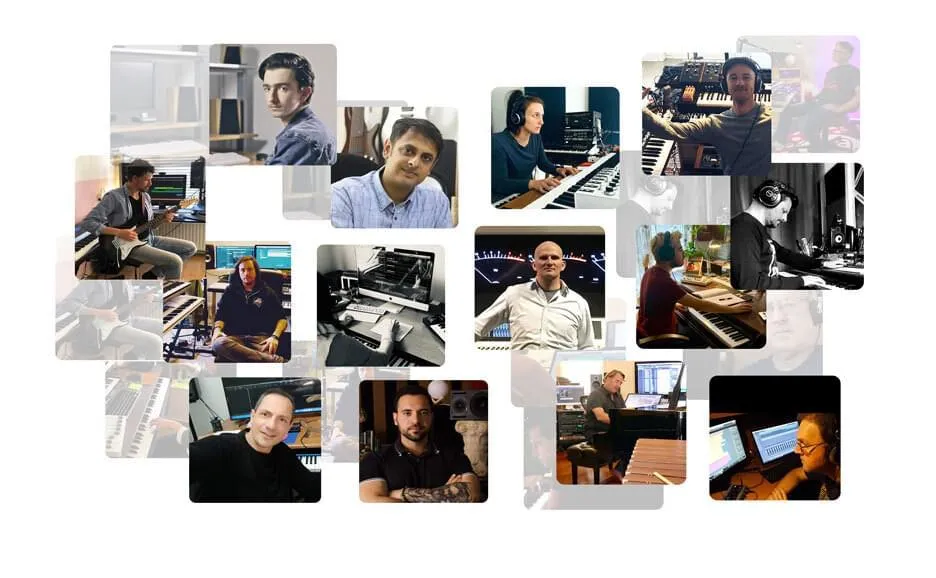
One of the biggest perks of a traditional music school is networking with other talented composers. That's why we've created a private group — inside your membership area — designated for members to collaborate, share work, give/receive feedback, ask questions, share articles, and learn and grow together.

Our Commitment to You
• You’re not alone.
• Teachers to support you.
• A community of more than 15,000 composers like you that had the same struggles you're having now and that are eager to help out.
• Weekly live video chats where you can participate and ask questions.
• Periodic masterclasses with actively working composers, orchestrators, and mixing engineers.
• Go at your own pace. The teachers will always be there to support you.
• Access for life.

Cinematic Composing, LLC is not associated with Facebook or Facebook, Inc.
FOR SUPPORT ISSUES OR QUESTIONS, PLEASE EMAIL US AT [email protected]
Copyright © 2025• Cinematic Composing • A Cinematic Composing LLC Brand • All Rights Reserved • Lake Forest, CA
